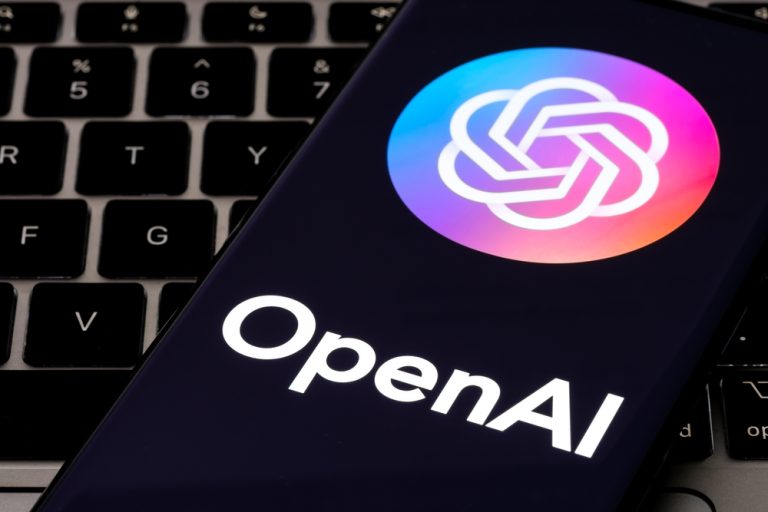The artificial intelligence (AI) world was recently abuzz with Google’s Gemini AI demo, a video that garnered 1.6 million views on YouTube, showcasing the AI’s seemingly real-time responses to spoken-word prompts and visuals. However, the sheen of this technological marvel faded when Google admitted to editing the video, raising questions about Gemini’s true capabilities.
The Reality Behind the Video
In the Gemini demo, viewers witness a fluid interaction between a human demonstrator and Google’s AI. The AI appears to identify objects and perform tasks, like guessing a rubber duck’s material or following a cups and balls magic trick. However, Google’s recent admission paints a different picture. The AI’s responses were not real-time reactions to voice or video but were based on still image frames and text prompts.
A Google spokesperson clarified, “Our Hands-on with Gemini demo video shows real prompts and outputs from Gemini. We made it to showcase the range of Gemini’s capabilities and to inspire developers.” This statement sheds light on the company’s intention behind the demo and highlights discrepancies between the perceived and actual AI capabilities.
The Magic of Editing
The Gemini AI did not interact with live video or voice commands, as the demo implied. Instead, it responded to still images and text-based prompts. For instance, the AI identified the rubber duck’s material after receiving a text prompt about its squeaking sound. Similarly, the cups and balls trick was replicated by feeding the AI still images and instructing it on the ball’s location.
Another instance of creative editing was the “Guess the Country” game, where the AI seemingly invented a game using emojis. Contrary to the demo’s portrayal, the AI was pre-fed specific instructions and examples to generate clues and validate the user’s guesses.
Comparison with OpenAI’s GPT-4
Google’s Gemini and OpenAI’s GPT-4 share similarities, particularly in their reliance on still images and text-based prompts. The recent upheaval at OpenAI, including Sam Altman’s brief departure, coincided with the release of Google’s video, sparking discussions about the competitive landscape in AI development.
Google’s admission regarding editing the Gemini AI demo video reveals a significant gap between public perception and the actual capabilities of current AI technology. While impressive, Gemini’s reliance on pre-arranged prompts and still images demonstrates that despite its rapid advancements, the AI field still has a long way to go in achieving real-time, dynamic interaction with the physical world.
























+ There are no comments
Add yours